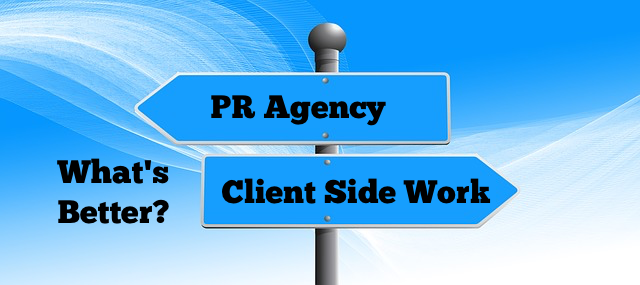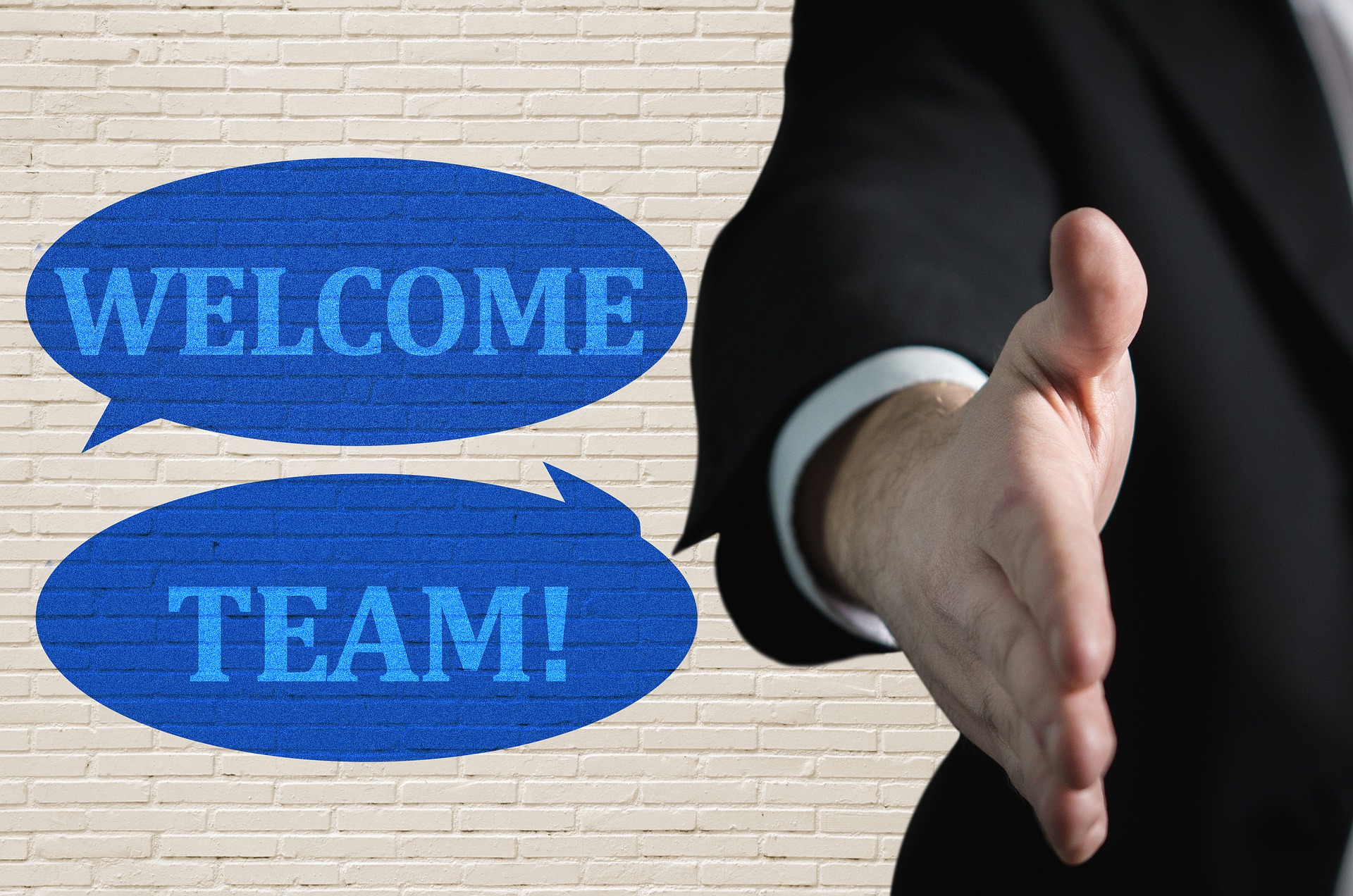In public relations, there are many career path possibilities, but most fall into either the agency side or the client side. This is the time of year when I get questions from new graduates about which path makes the most sense for an aspiring PR professional. But the question isn’t just for PR beginners. Many who’ve been successful after years in agency PR may nurture a curiosity about client-side work. Like everything else in life, a move from agency PR to corporate or brand communications involves trade-offs. Here’s how people in our circle describe the pros and cons of crossing to the other side.
Agency PR Has Many Advantages
Constant innovation
At an agency, “you have your finger on the pulse” of industry trends, according to Debbie Etchison, head of public affairs and corporate communications at a major pharmaceutical company. She’s grateful for her agency background, which offered “the ability to be creative and think outside the normal boundaries.” It’s true that when you handle multiple clients and are constantly in the marketplace competing against other agencies, your sense of what’s around the corner is always being sharpened, and you’re up on the latest trends.
A true team mentality
An agency executive is surrounded by people who basically do the same thing they do. They therefore share a deep understanding of the work and an appreciation of what goes into it. On the corporate side, things may be different. A handful of clients I queried who moved from agency to client work mentioned having to adjust to an environment where everyone shares a common goal, but where skills and backgrounds are very different. Depending on the company, the communications team may be relatively small, and corporate peers in marketing, HR, and product development may lack an understanding of PR and corporate communications. There’s also the siloed nature of many organizations. Marijane Funess, who left our agency a year ago to join a nonprofit, says, “I thought it would be easy to brainstorm and get information for story pitches, but, proximity doesn’t always guarantee that I’ll shake loose what I need in a timely fashion!”
Well-rounded skills
The opportunity to work on many clients and brands at an agency is excellent career groundwork for whatever may come next, whether that’s a client-side post or even an entrepreneurial venture. Comments Etchison, “An agency position will promote agility and productivity, and the versatility of the work makes you very well-rounded.” Though many agency professionals eventually specialize in a specific vertical industry, like technology PR, or a service offering like content creation or media training, the wide exposure to different aspects of the PR agency service offering is nearly always cited by those who started out in an agency job. You’ll also learn to produce under pressure, which in itself sharpens skills and enables a bottom-line mentality that can be useful wherever you choose to take it.
Career mobility
Starting salaries at PR agencies can be low when compared to the corporate side. But early in one’s career, an agency environment may offer greater upward mobility, particularly if the agency is growing. Turnover at PR agencies can be high, and while that’s not a good thing, it often creates a terrific opportunity for career advancement for those who perform.
The Client Side Offers Consistency, Focus
One client, one focus
Many client-side professionals talk about their satisfaction in maintaining a pure focus on their particular company and industry, which enables their best work. Etchison says that her move to the corporate side gave her an in-depth understanding of her company’s brand and business and freed her to be “highly strategic and even visionary” in supporting its communications and business goals. There’s also the advantage of following your bliss. Sri Ramaswami of rbb communications advises, “If you are singularly passionate about a specific industry it makes sense to join a company within that sector and grow through the ranks.”
Consistency
On the client side, there’s typically no need to be selling in order to gain new clients or have the opportunity to do interesting work. This is in contrast to an agency environment, where new business development is the lifeblood of the place and a requirement for anyone who wants to climb the ladder there. A corporate PR team does need to promote its own work and justify the investment in PR, especially if an agency budget is involved. The difference, however, is that the day-to-day work offers greater consistency and lacks the do-or-die pressure of a growth-oriented PR firm.
Control
No one in the dynamic and every-changing PR universe has perfect control over their programs, but on the client side, resources and politics tend to be stacked in your favor. Etchison explains that on the corporate side, “you’re able to deploy agency teams for maximum brand benefit” and exert a greater degree of control over the outcomes than she did in her former agency life.
Recognition
Though agency team members support one another and often get shout-outs from their clients, there’s nothing like the shared business mission of those who work under the same roof. Comments Marijane Funess, “The shared pride and admiration for projects has been a thrill. When you are in-house and your co-workers see ‘up close and personal’ the effort that goes into a successful event or a meaningful story, it is really rewarding.”





